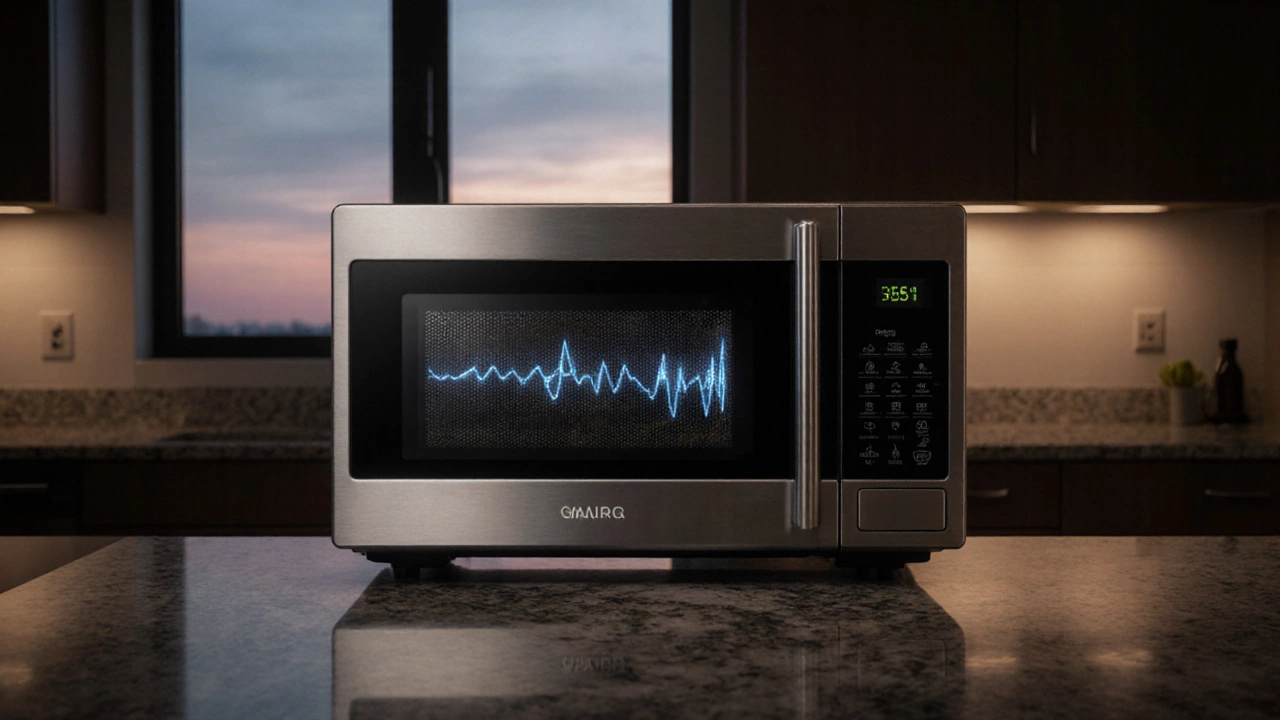Discover if fixing your microwave yourself is safe. Learn risks, a safety checklist, DIY steps, and when to call a pro for microwave repairs.
Microwave Safety: Practical Advice for Every Kitchen
When working with microwave safety, the set of habits that prevent fires, radiation leaks, and equipment damage while using microwave ovens. Also known as microwave oven safety, it helps you protect your home, family, and appliances.
First off, understand the microwave oven, a kitchen appliance that uses electromagnetic waves to heat food quickly. It’s not magic; it’s a sealed chamber that converts electrical energy into microwaves. Those waves stay inside the cavity as long as the door seals are intact. A broken latch or warped door can let electromagnetic radiation, high‑frequency energy that can harm skin or eyes escape, turning a convenient tool into a hazard.
Why Proper Placement and Ventilation Matter
Microwave safety requires more than just a good door. The appliance needs ventilation, unobstructed airflow around the unit to dissipate heat generated by the magnetron. If you push the microwave against a wall or cover the vent slots, heat builds up, the magnetron can overheat, and you risk a fire or reduced cooking performance. A simple rule: leave at least two inches of space on all sides and never block the rear exhaust.
Beyond placement, regular maintenance keeps safety scores high. Check the door gasket monthly for cracks or debris—any gap can let microwaves leak. If you notice strange noises, sparking inside, or a burnt smell, shut it off immediately and call a professional. Those symptoms often point to a failing magnetron or capacitor, both of which handle high voltage and can cause electric shock if mishandled.
Now, how does this relate to the broader set of appliance repair topics on our site? The same principles of inspection, proper installation, and timely repair that keep your microwave safe also apply to extractor fans, refrigerators, water heaters, and more. Whether you’re dealing with a faulty fan motor or a leaky fridge seal, the goal is the same: prevent unsafe conditions before they become emergencies.
By following these microwave safety steps—checking seals, ensuring ventilation, and responding to warning signs—you’ll reduce the chance of accidents and extend the life of your appliance. Below you’ll find a curated list of guides that dive deeper into related repairs and safety checks for other kitchen and home devices, giving you a full toolbox of practical know‑how.
